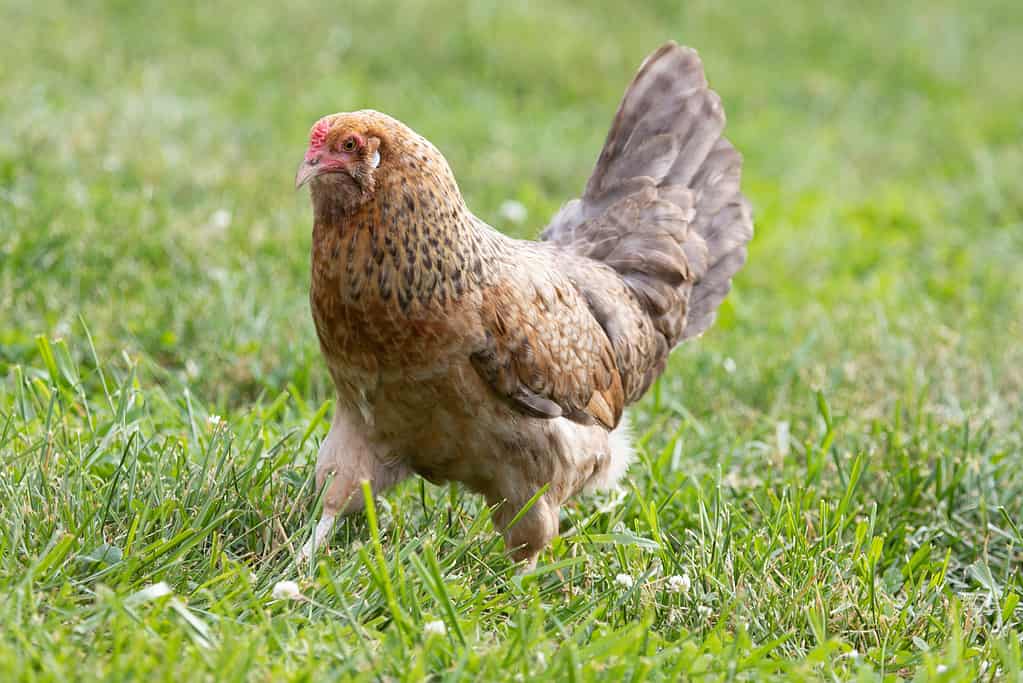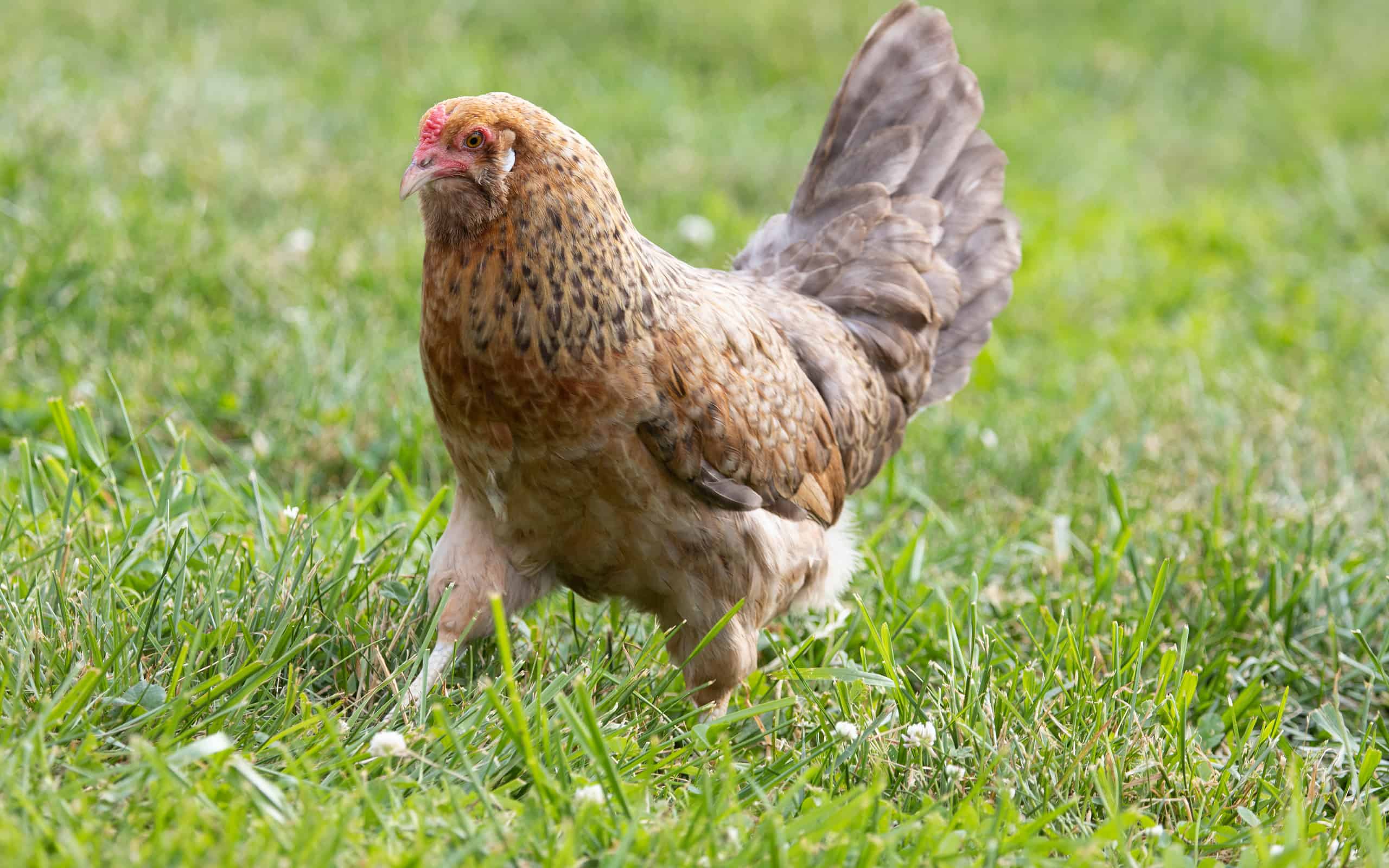Many people have started flocking to the world of chickens recently. They are beginning a homestead, adding chickens to their backyard, or expanding their stock. And that means an increased interest in learning about the different breeds available. However, it may feel a little overwhelming if you are new to chickens. You may have questions like, “How do you tell them apart?” Or, “What’s the difference between hens and roosters?” Below, we will seek to answer those very questions about one particularly intriguing breed — the Easter Egger chicken.
What Are Easter Egger Chickens?
The name itself is tempting. After all, who wouldn’t want a flock of Easter Egger chickens racing around? But what are they?
Easter Egger chickens are a mixed breed from the parent stock of either Araucana or Ameraucana. That parent breed gets crossed with other chickens. And the result is the fascinating Easter Egger. This bird technically got bred for its specific egg-laying traits and ornamental reasons (the birds are beautiful). However, they also work as dual-purpose birds.
They are known for having a full beard under their beak, upright tails (on most types), and striking coloring. And they got their name due to the brightly-colored eggs.

Photograph of a free-range Easter Egger hen walking threw the grass in the springtime.
©JZHunt/ via Getty Images
What Is the Size Difference Between the Hen and Rooster?
Overall, the Easter Egger chickens are on the small side. They are not one of the largest backyard chickens available on the market. However, their small size also makes them even more adorable.
Hens are the smallest. They reach maturity around 4-5 pounds. And roosters reach maturity at about 5-6 pounds.
What Is Easter Egger Coloring?
One of the fun things about Easter Egger chickens is that you never know what you’ll get. Since they are a mixed breed, there is no set standard. Essentially, they all differ.
They have no consistent feathering colors or patterns and can sport any kind of comb. One of the only consistent colorings they have is red or white earlobes.

No two Easter Egger chickens look alike. As a mixed breed, they all have unique color variations.
©JZHunt/ via Getty Images
What Is the Temperament of the Easter Egger?
These are some of the more enjoyable chickens to have around. They have fun, friendly personalities. And they absolutely love being around people. Easter Egger chickens are naturally curious and outgoing.
Since they are so gentle, they are excellent companions for small children. However, they are a little docile around other breeds, which can cause problems.
What Kind of Eggs Do the Hens Lay?
The eggs are where the fun really starts. Originally, Easter Egger chickens were selectively bred for the blue eggs their parent breeds sometimes lay. But the result was even more spectacular. You can get a rainbow of egg colors from your Easter Egger hens. You can expect to see pink, green, multi-colored, or blue. The only caveat is that one hen typically doesn’t lay multiple colors. They usually only lay a single color of egg. So the diversity comes when you have multiple hens.
The eggs are medium to large. Hens lay roughly 4-5 every week. So you can expect around 200-280 annually.
Opinions on the broodiness of hens vary. Some find that Easter Egger hens are very broody. But others don’t see that trait in most of their hens. So if you want to hatch some eggs, you’ll need to keep an eye on the behavior of your birds before deciding whether or not to use an incubator.

Easter Egger hens are known for their blue eggs. However, they also lay eggs in many different colors.
©terry6970/ via Getty Images
How Is the Meat Quality?
Since Easter Egger chickens originally got bred for their egg-laying traits, the focus wasn’t on developing a larger meat-producing bird. However, their meat is considered quite delicious. So don’t be shy about trying it out. Easter Egger meat reportedly tastes like quail. But since the birds are so small, you may need multiple to feed a family or larger gathering.
Other Considerations
As with any bird, there are a few additional factors to consider before buying some Easter Egger chicks. These include:
- Easter Eggers tend to have a genetic beak issue that can cause cross-beak in approximately 1 out of every 100 birds. Other than that, they do not have any significant health issues.
- Larger breeds may pick on them. So keep a close eye on chicken dynamics in the coop and separate them if needed.
- This breed is very kid-friendly since they don’t mind getting picked up.
- They are heat and cold-tolerant, making them adaptable to nearly any environment.
- Easter Egger chickens are beginner-friendly!
Thank you for reading! Have some feedback for us? Contact the AZ Animals editorial team.








